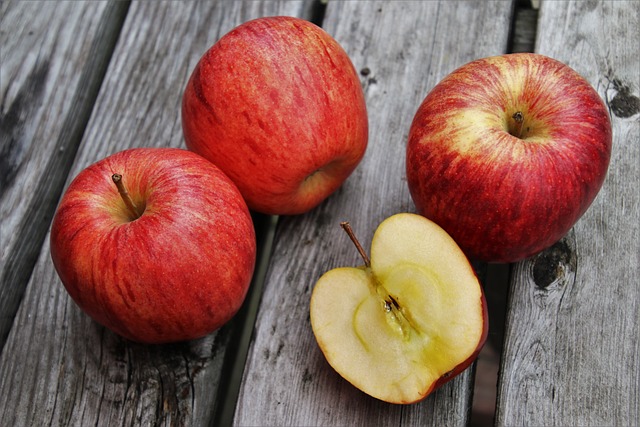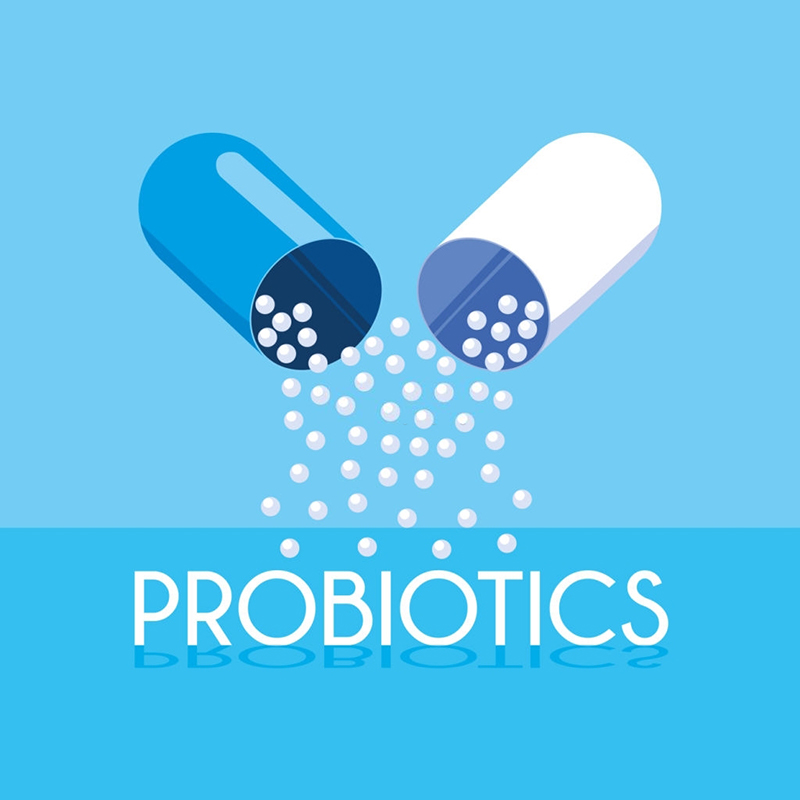From Strains to Stomach: Unraveling How Probiotics Work
Probiotics have garnered immense popularity in recent years, with many people incorporating them into their daily routines to support their overall health and well-being. But have you ever wondered how these tiny live microorganisms actually work?
Probiotics are living bacteria and yeasts that are good for your health, particularly your digestive system. They are often referred to as “friendly” or “good” bacteria because they help maintain the natural balance of microorganisms in your gut.
The Journey of Probiotics
The journey of probiotics begins with the specific strains chosen for their beneficial properties. Different strains offer different benefits, so it’s important to select the right probiotic for your needs.
Once consumed, probiotics enter the gastrointestinal tract, starting from the mouth all the way to the colon.
1. Mouth
Probiotics first encounter the oral cavity, which is home to a diverse range of bacteria. While some strains may temporarily colonize the mouth, their main action happens in the other parts of the digestive system.
2. Stomach
Upon reaching the stomach, probiotics face a harsh acidic environment. This acidic environment is necessary for the breakdown of food and the destruction of harmful bacteria.
Most probiotics cannot survive the acidic conditions in the stomach, which means that only a fraction of the ingested bacteria will reach the intestines alive. To overcome this challenge, some manufacturers have developed strains with increased acid resistance, thereby enhancing their survival rate.
3. Small Intestine
The small intestine is where the majority of nutrient absorption takes place. Probiotics that make it past the stomach begin colonizing the small intestine.
Here, they contribute to the breakdown of complex carbohydrates, proteins, and fats, aiding in their digestion and absorption. This process helps increase nutrient availability and improves overall gut health.
4. Large Intestine
The large intestine, also known as the colon, is the final destination for most probiotics. It serves as a major site for microbial activity in the gut.
Once in the large intestine, probiotics interact with the resident bacteria, promoting a balanced microbial community. This interaction helps prevent the growth of harmful bacteria, reducing the risk of gastrointestinal disorders and promoting regular bowel movements.
The Mechanisms of Probiotics
Probiotics work through various mechanisms to support gut health:
1. Competitive Exclusion
Probiotics compete with harmful bacteria for space and nutrients in the gut, effectively “crowding out” the pathogens. This reduces the growth and colonization of harmful bacteria, restoring balance to the gut microbiota.
2. Strengthening the Gut Barrier
The gut barrier, composed of epithelial cells, plays a vital role in preventing the entry of harmful substances into the bloodstream. Probiotics help strengthen this barrier by promoting the production of tight junction proteins, effectively sealing the gaps between the cells.
3. Modulating the Immune System
Probiotics interact with the immune cells in the gut, regulating immune responses. They stimulate the production of anti-inflammatory molecules and support the development of a balanced immune system.
4. Producing Beneficial Compounds
Some strains of probiotics produce compounds such as short-chain fatty acids, which provide nourishment to the cells lining the colon. These compounds also help regulate immune responses and reduce inflammation.
Choosing the Right Probiotic
When it comes to choosing the right probiotic, it’s essential to consider the specific strain and its intended benefits. Different strains have different effects on the body.
Additionally, look for products that guarantee the number of live bacteria at the time of consumption. The effectiveness of probiotics depends on their viability, so it’s important to choose reputable brands that ensure the survival of bacteria throughout the product’s shelf







